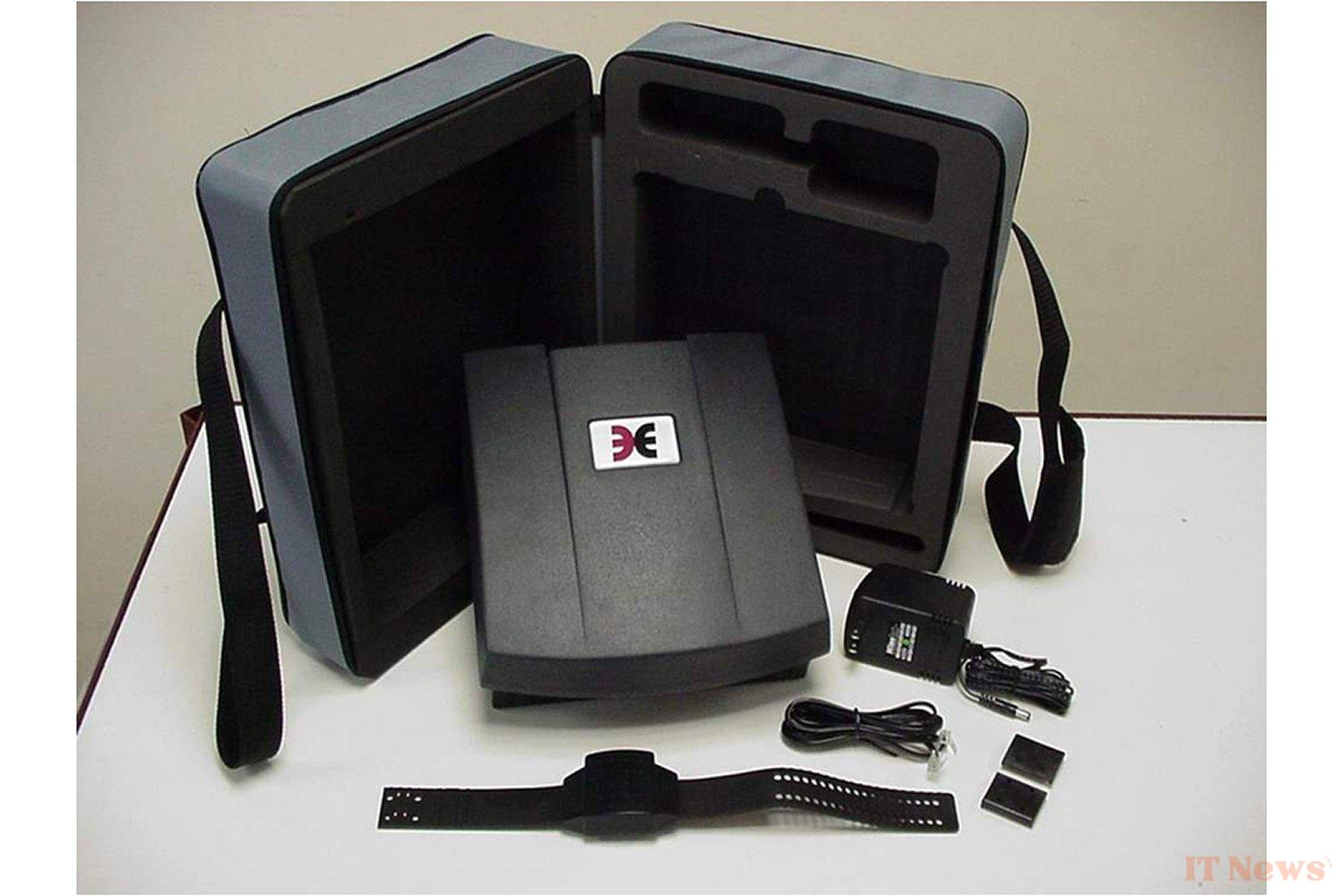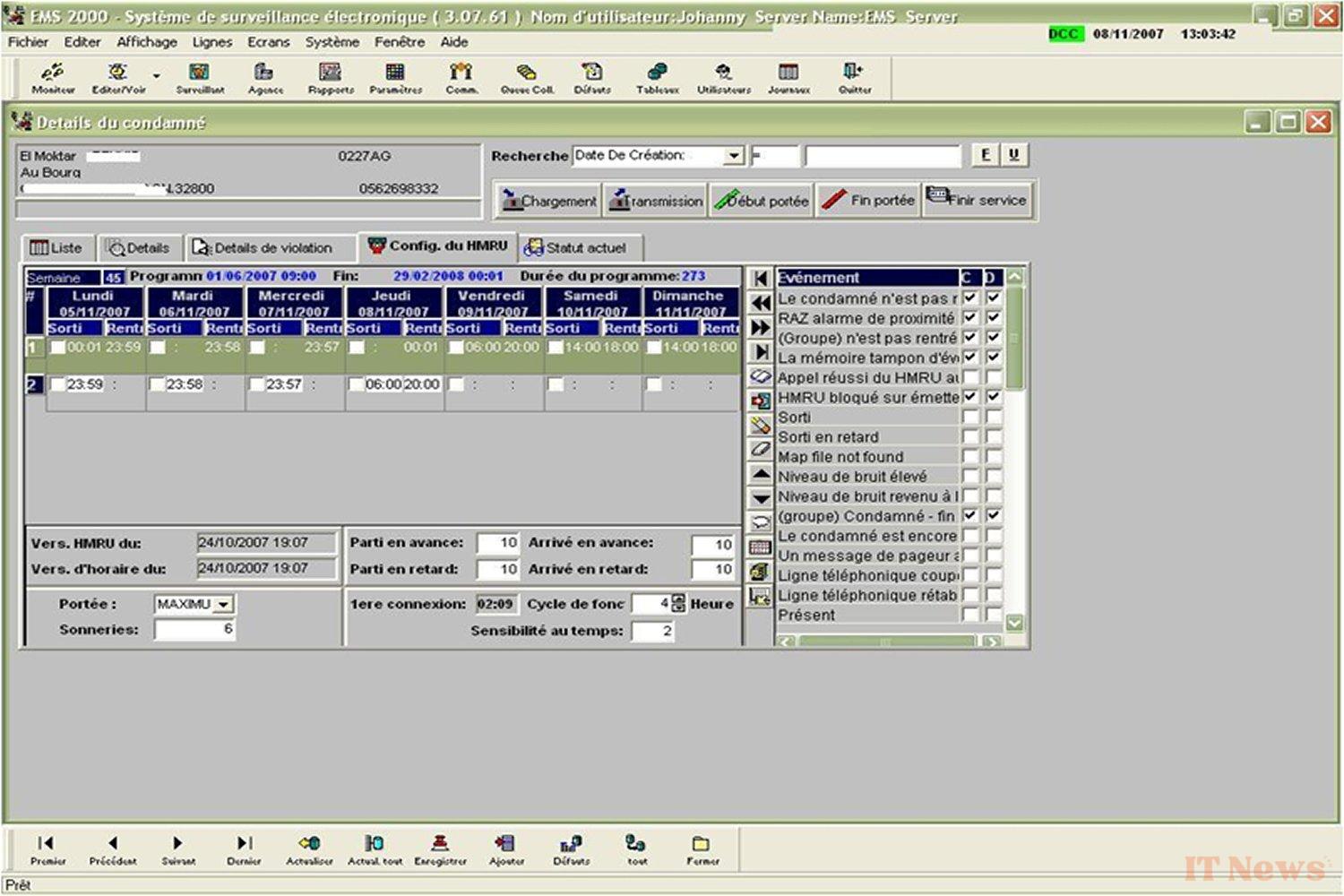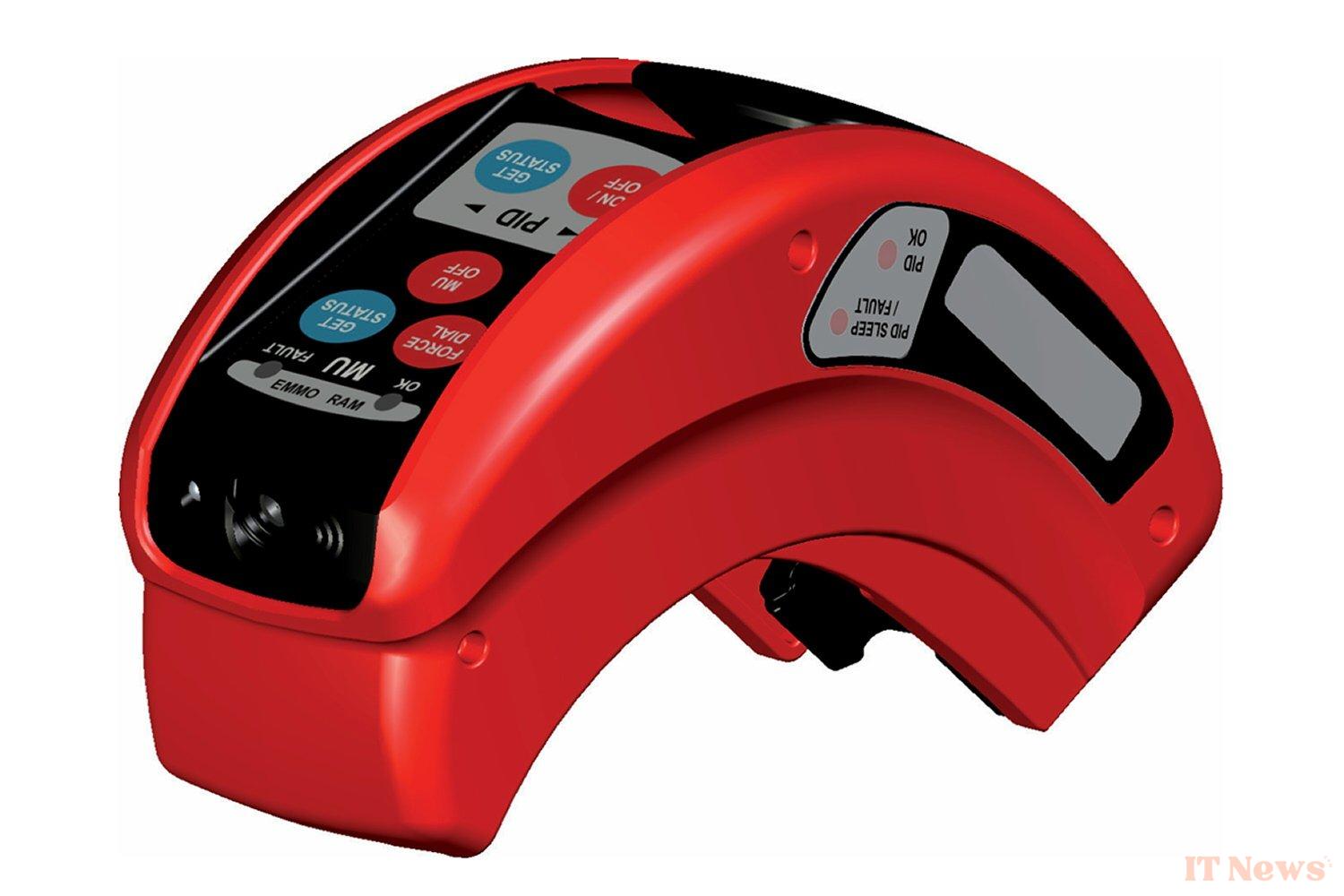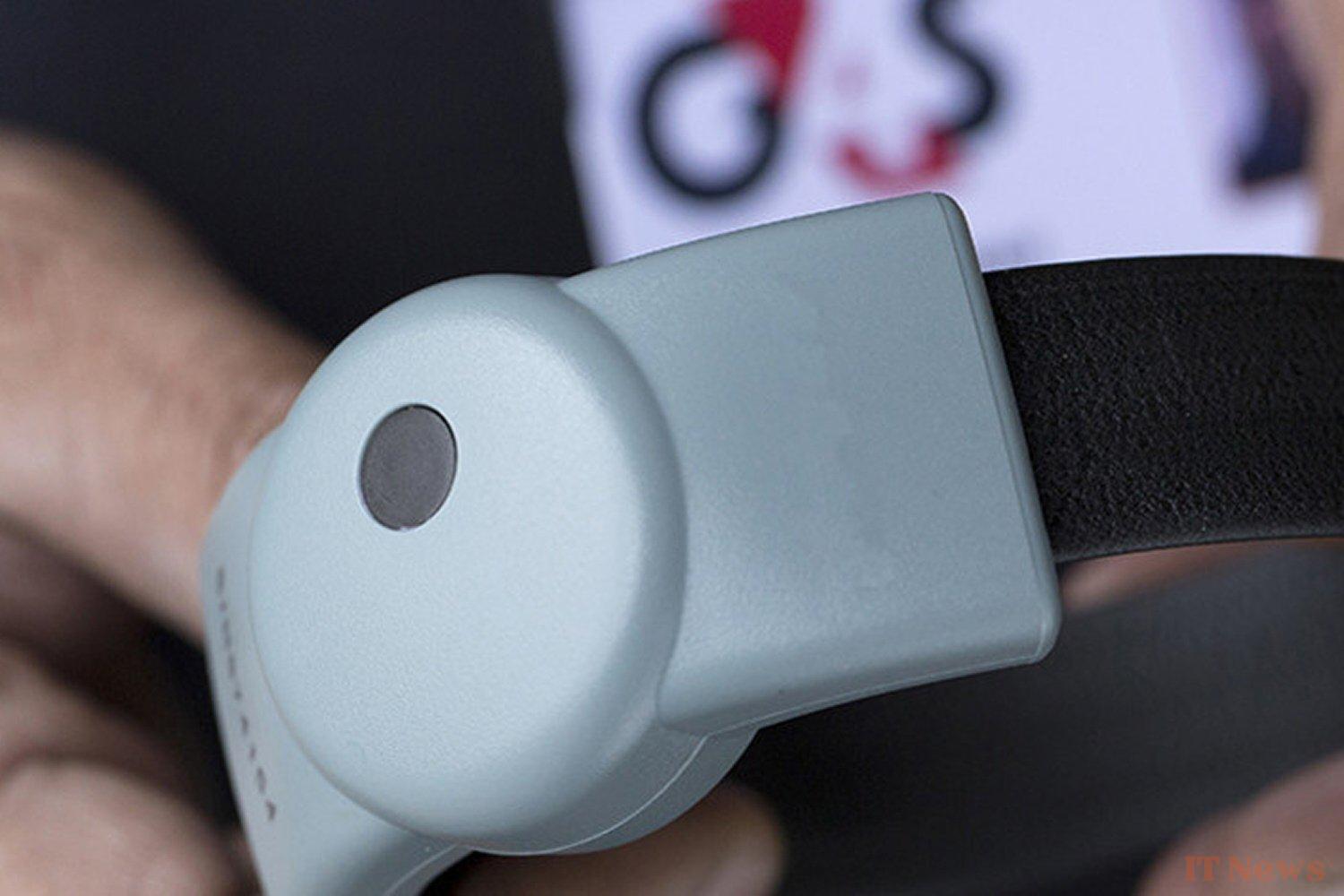Placement under electronic monitoring, evidenced by the wearing of a bracelet Electronic surveillance, constitutes a measure of control and enforcement of judicial and administrative decisions that has undergone significant evolution within the French penal system since its establishment almost 30 years ago. Initially envisaged as a response to prison overcrowding, its application has diversified, integrating objectives of recidivism prevention and public safety.
Today, electronic surveillance includes different technical and legal modalities, ranging from the traditional static system to mobile geolocation devices. Let's take a look at how this technology works, which has been particularly publicized recently by several public and political figures.
A concept that dates back to the 90s
The idea of using electronic surveillance in France first emerged in the report by parliamentarian Gilbert Bonnemaison in 1989. Focused on the modernization of the public prison service, it mentioned electronic surveillance as a primary means of limiting prison overcrowding. However, this proposal was not immediately implemented; The issue was taken up again in 1995 by another parliamentarian, Guy-Pierre Cabanel, in his report “For better prevention of recidivism”. After studying foreign experiences (particularly in England and Wales from 1989), this report considered electronic monitoring as an effective instrument for preventing recidivism and combating prison overcrowding.
Electronic monitoring is officially enshrined in French law by the Law of 19 December 1997, becoming a method of enforcing custodial sentences. However, ideological resistance accompanied the adoption of this law, delaying the start of the first practical experiments in France for three years after its publication.
In October 2000, a multi-year experimental phase was finally able to begin at four pilot sites initially selected by the Minister of Justice at the time: the penitentiary establishments of Agen, Aix Luynes, Loos les Lille and the semi-open centre of Grenoble. Each pilot site was able to choose its software and devices, as well as define its procedures and organisation. The experiment was then extended to around ten sites in 2002, in order to prepare for the generalization phase planned for 2004.
Rapid adoption with a shift towards mobile surveillance
The French experience of static electronic monitoring (or PSE) is considered an essential achievement: the innovative nature of this sentence adjustment, which makes it possible to avoid the harmful effects of incarceration while maintaining family ties and professional activity, has been widely accepted since its first application. Statistics show a growing adoption by sentencing judges: 90 placements were in progress on January 1, 2003, 304 on January 1, 2004, and 714 on January 1, 2005. At that time, 5,344 people in prison had already been placed under electronic monitoring since the start of the experiment.
At the same time, discussions turned to mobile electronic monitoring; the report by MP Georges Fenech in April 2005, leading to the Law of 12 December 2005 on the treatment of repeat offenders, thus made placement under mobile electronic monitoring (PSEM) its flagship measure. The legislature has since expanded the possibilities for using this system: the law of March 23, 2019 on justice reform, which came into force a year later, was a major step in creating home detention under electronic surveillance (DDSE) as a new alternative penalty to imprisonment (electronic surveillance had previously been primarily a method of serving a sentence).
An implementation that follows a well-defined procedure
When the measure is decided, persons who are not already detained must undergo the formalities of imprisonment (except in matters of judicial supervision). The staff of the penitentiary establishment then proceeds to the computer entry of the data relating to the place and periods of assignment, in accordance with the judicial decision.
Before the installation of the device, a technical feasibility investigation is carried out by the prison integration and probation service (SPIP). This aims to determine the necessary equipment, their parameters (exclusion zones, inclusion zones, buffer zones) and the optimal location for the installation of the receiver at home.
The operations of installing and removing electronic monitoring devices, as well as the necessary checks and technical interventions at the place of assignment, are carried out by duly trained surveillance staff, under the responsibility of the head of the penitentiary establishment. During the installation (which must take place one week before the start of the measure and cannot take place on a public holiday or a Sunday), the convicted person receives instructions, in particular on the regular charging of the battery of the portable device (failure to comply with this part constitutes in itself a violation) if he has one. A document recalling the legal provisions, a user guide and a map of the fixed zones are also given to him.
Compliance with obligations is monitored both remotely (movements appear on a map) and on-site. If an alarm is triggered, for example in the event of an irregular absence, prison officers conduct initial checks by telephone. If the irregular absence is confirmed, the public prosecutor's office at the high court, the competent JAP (Judicial Police Office), and the SPIP (Public Safety and Protection Office) are then informed. The public prosecutor's office may request the intervention of the police or gendarmerie to note the absence in flagrante delicto, but the initiation of proceedings for escape is not systematic and is assessed on a case-by-case basis (local protocols define the procedures to be followed).
Specific, highly secure equipment
The technical device for placing under static electronic surveillance in France is based on a continuous emission system consisting of three elements: a transmitter, a receiver, and a monitoring center. Following a call for tenders issued in 2022 by the Ministry of Justice, the companies G4S and Wordline are currently responsible for the supply of the various electronic equipment and the services relating to the hosting of the information system, respectively. The total value of the contract – renewable – amounts to €182.7 million excluding VAT (€61.1 million for Wordline, €121.6 million for G4S), for services to be provided from December 2023 to November 2029.
Commonly known as an electronic bracelet, the OM247-PID transmitter – weighing a few dozen grams and mainly made of plastic and Kevlar – is attached to the person’s ankle or wrist continuously for the entire duration of their assignment, using a dedicated installation tool. Waterproof (which allows you to shower with it) and hypoallergenic, it is equipped with a battery and regularly emits radio presence signals with a range of a few dozen meters. Specific alarm signals are also sent in the event of a breakage of the headband or a drop in battery charge.
Placed at the assigned location, the OM247-MU receiver consists of a box connected to a landline telephone line – a “cellular” mode can also be used for people without a landline – and powered by an electrical outlet (it has a backup battery that provides at least twelve hours of autonomy in the event of a power outage). If signal reception becomes too weak or non-existent during assigned hours, indicating the absence of the person, it automatically sends an encrypted message to the monitoring center. The latter, located within a penitentiary establishment, finally brings together computer and telecommunications equipment to centralize messages from receivers, identify alarms and the people concerned, or even carry out automatic checks on the proper functioning of the receivers.
Mobile electronic monitoring uses a slightly different technology that allows the person's location to be known at any time and in any place. The bracelet worn by the person emits a radio signal that is picked up by a portable receiver box OM247-2 PIECE, worn on the belt when traveling and which serves as an A-GPS receiver (a degraded GSM location mode is also possible if the GPS signal is unavailable). This can send and receive messages via 4G to and from the monitoring center; the monitored person can directly read the received SMS messages on a screen and acknowledge receipt. A third receiver placed at home completes the system, taking over from the portable box to put it on standby or recharge it (which takes 2.5 hours for a battery life of about one day). A 2-in-1 version called OM247-SOLO, which integrates the functions offered by the portable receiver box directly into the electronic bracelet, is also available.
The effectiveness of electronic monitoring systems, especially mobile ones, naturally depends on their reliability and their security. Technical expertise and certifications are therefore carried out by the French National Agency for Information Systems Security (ANSSI) to certify these systems and attest that they are resistant to both physical removal (an optical fiber integrated into the bracelets, for example, makes it possible to detect any attempt to remove, open or cut the bracelet) and electronic hacking. The inviolability of the bracelet and the reliability of the system are thus rated by ANSSI according to numerous criteria and hypotheses ranging from the robustness of the cryptographic key generator to illicit access to data and the alteration of communications between the different elements of the system.
Finally, respect for the privacy of the person wearing the electronic bracelet is also taken into account. The data recorded by the system includes identity, address, professional situation, zone coordinates (exclusion, inclusion, buffer), assignment times, regular position readings and alarms triggered; This data is retained for the duration of the placement and then saved for ten years.
An effective technical solution?
The number of placements under electronic monitoring increased dramatically in the late 2010s and early 2020s. This explosion is partly attributed to the policy pursued by Emmanuel Macron, implemented by the 2019 law, which notably made the adjustment of prison sentences of less than six months mandatory and encouraged the adjustment of sentences of less than one year, often in the form of DDSE.
Today, placement under electronic monitoring concerns just over 17,000 people in France (17,578 people as of March 1, 2025). This figure has been steadily increasing for years and proves, if proof were needed, the effectiveness of the system. The assessment of this type of punishment can vary from one individual to another, but it nevertheless remains an essential and educational tool in the French penal system. The electronic bracelet did experience a few teething problems with the old version designed by Thales, but nothing that could call into question the overall reliability of the concept, which is set to last.








0 Comments